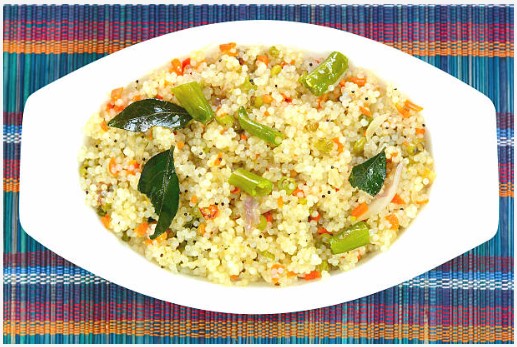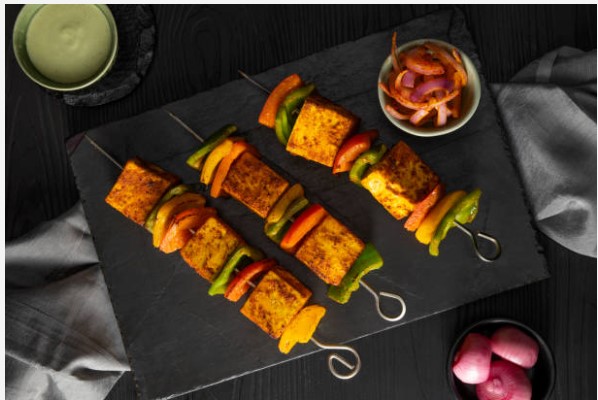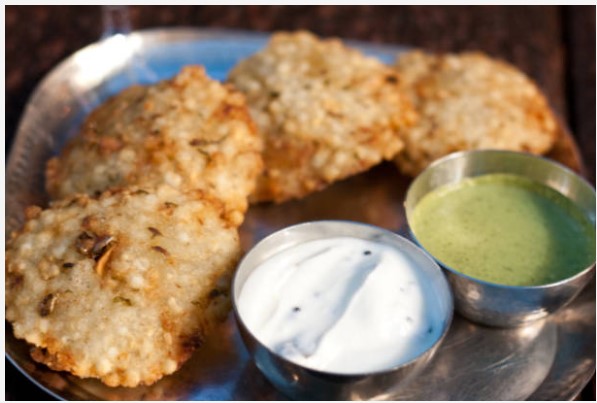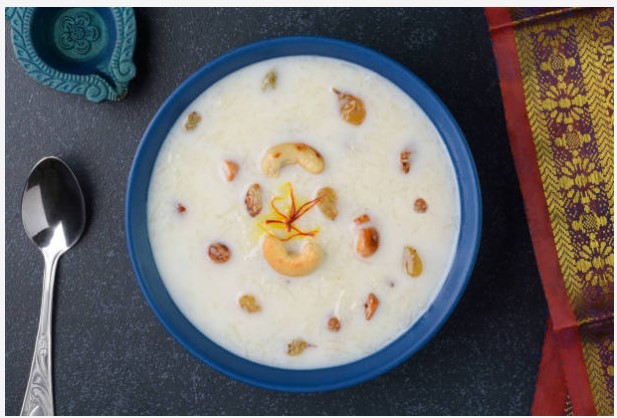Navratri Meal: A Guide to Fasting with Healthy and Delicious Foods
Navratri is a Hindu festival that spans nine nights and is dedicated to the worship of Goddess Durga and her nine forms. During these sacred days, many devotees observe fasts to purify their bodies and minds. Fasting during Navratri is not only a spiritual practice but also an opportunity to detoxify the body through a satvik (pure) diet. This article will guide you through the essentials of a traditional Navratri meal, offering a variety of healthy and delicious options to help you stay nourished and energized throughout the fast.
1. Understanding Navratri Fasting Rules
During Navratri, certain foods are restricted to maintain the satvik nature of the diet. The key rules include:
- No grains or pulses: Regular cereals like wheat, rice, and lentils are avoided. Instead, alternative flours like buckwheat (kuttu), water chestnut (singhara), and amaranth (rajgira) are used.
- No onions or garlic: These are considered tamasic and rajasic, which disturb the mind and body’s calm.
- No regular salt: Instead of regular table salt, sendha namak (rock salt) is used.
- Limited spices: Basic spices like cumin seeds, black pepper, and green chili are used to flavor food. Heavy spices like turmeric or garam masala are avoided.
2. Popular Ingredients for Navratri Meals
During Navratri, several fasting-friendly ingredients form the basis of meals:
- Buckwheat (Kuttu) flour: Used to make rotis, parathas, or puris.
- Singhara (water chestnut) flour: Ideal for pancakes or halwa.
- Amaranth (Rajgira): A powerhouse of nutrition, used in porridges or as a puffed grain in snacks.
- Sabudana (Tapioca pearls): A versatile ingredient used for making sabudana khichdi or vadas.
- Potatoes, Sweet Potatoes, and Pumpkin: These starchy vegetables provide energy and are used in various dishes.
- Dairy products: Milk, curd, paneer, and ghee are consumed freely during the fast.
- Fruits and nuts: Fresh fruits, dry fruits like almonds and raisins, and seeds like chia and flax provide natural sugars and protein.
3. Healthy and Tasty Navratri Meal Ideas
Here are some easy and nutritious dishes to include in your Navratri meal plan:
1. Sabudana Khichdi
A favorite during fasting, sabudana khichdi is made with tapioca pearls sautéed with peanuts, cumin seeds, and boiled potatoes. This dish is not only filling but also rich in carbohydrates and good fats.
2. Kuttu Ki Puri
Buckwheat flour is a fasting staple. Kuttu ki puri is a deep-fried bread that pairs well with aloo sabzi (potato curry). It is gluten-free and a good source of fiber.
3. Sama Rice Pulao
Sama (barnyard millet) is often referred to as vrat ka chawal (fasting rice). Cooked with vegetables like carrots and potatoes, and seasoned with cumin and rock salt, this light pulao is a nutritious substitute for regular rice dishes.
4. Aloo Tamatar Curry
A simple yet flavorful potato and tomato curry cooked with minimal spices, this dish is a go-to during Navratri. Pair it with puris made from kuttu or singhara flour for a complete meal.
5. Paneer Tikka
Paneer (Indian cottage cheese) marinated in yogurt and mildly spiced with rock salt and cumin can be grilled or pan-fried. It’s a great source of protein during fasting and can be served as a snack or a side dish.
6. Singhare Ki Kadhi
This is a variation of traditional kadhi, where water chestnut flour is used instead of gram flour. It’s light, tangy, and goes well with sama rice or kuttu roti.
7. Fruit and Nut Salad
A refreshing option for those observing a fruit-based fast, this salad includes a mix of seasonal fruits, nuts like almonds and cashews, and a drizzle of honey. It provides a quick energy boost and essential nutrients.
8. Sabudana Vada
Sabudana vadas are crispy tapioca fritters that are mildly spiced with green chili and cumin seeds. They are usually served with a side of yogurt or chutney made from fasting-friendly ingredients.
9. Kheer (Milk Pudding)
You can make kheer using sama rice, sabudana, or amaranth. This milk-based dessert is naturally sweetened with jaggery or rock sugar, making it a delicious treat to end your meal.
4. Tips for a Balanced Navratri Fast
- Stay Hydrated: Drink plenty of water, coconut water, or herbal teas to stay hydrated during the fast.
- Eat Small, Frequent Meals: Rather than having large meals, opt for small portions throughout the day to maintain energy levels.
- Incorporate Dairy: Dairy products like yogurt, milk, and paneer provide essential protein and calcium during the fast.
- Avoid Fried Foods: While deep-fried snacks are popular, try to limit them and include more fresh fruits, roasted nuts, and grilled foods to keep your meals healthy.
- Listen to Your Body: Fasting should never be about deprivation. If you feel weak or dizzy, include energy-dense foods like bananas, dry fruits, or a glass of milk.
5. Conclusion
Navratri fasting is not just about abstaining from certain foods, but about embracing a satvik diet that nourishes both the body and soul. By incorporating a variety of wholesome and delicious ingredients, you can make your Navratri meals both satisfying and nutritious. Whether you’re fasting for religious reasons or looking for a detox, these meal ideas will keep you energized and balanced throughout the festival.
Enjoy a blessed and joyful Navratri!




